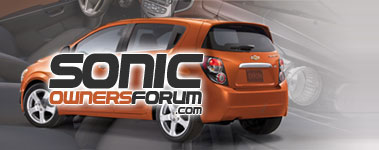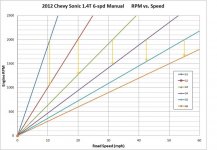RichieRocket
New member
My commute has a lot of stop-go. As others have said abotu short-shifting, I have been re-tuning my driving style to short-shift much earlier. So in a normal, no rush situation,
1st to 2nd 2300~2500 rpm
2nd to 3rd 2000
and the others at less than 2000
I've found even at 1500 rpm, you can still accelerate 'mildly' by getting the boost up a bit, to 3-4 psi.
The other thing I've been trying out is where to keep the boost while short-shifting.
Is it better to keep the throttle so you get ambient pressure in the intake, 0 psi or on the boost a bit, 2-3 psi?
The turbo is supposed to make the engine more efficient, the intake does not have to pull the air past the mostly closed throttle plate...the turbo is pushing it in.
I'm also shutting down during long red lights(we've had this discussion before, some people are strongly opposed to this ).
).
I only do it if the timing is right, like when you roll up just as the light changes to red. This turns out to be only a half-dozen times per week. Some of our lights, with left turn lanes and stuff go 90 seconds to come around...
1st to 2nd 2300~2500 rpm
2nd to 3rd 2000
and the others at less than 2000
I've found even at 1500 rpm, you can still accelerate 'mildly' by getting the boost up a bit, to 3-4 psi.
The other thing I've been trying out is where to keep the boost while short-shifting.
Is it better to keep the throttle so you get ambient pressure in the intake, 0 psi or on the boost a bit, 2-3 psi?
The turbo is supposed to make the engine more efficient, the intake does not have to pull the air past the mostly closed throttle plate...the turbo is pushing it in.
I'm also shutting down during long red lights(we've had this discussion before, some people are strongly opposed to this
I only do it if the timing is right, like when you roll up just as the light changes to red. This turns out to be only a half-dozen times per week. Some of our lights, with left turn lanes and stuff go 90 seconds to come around...

